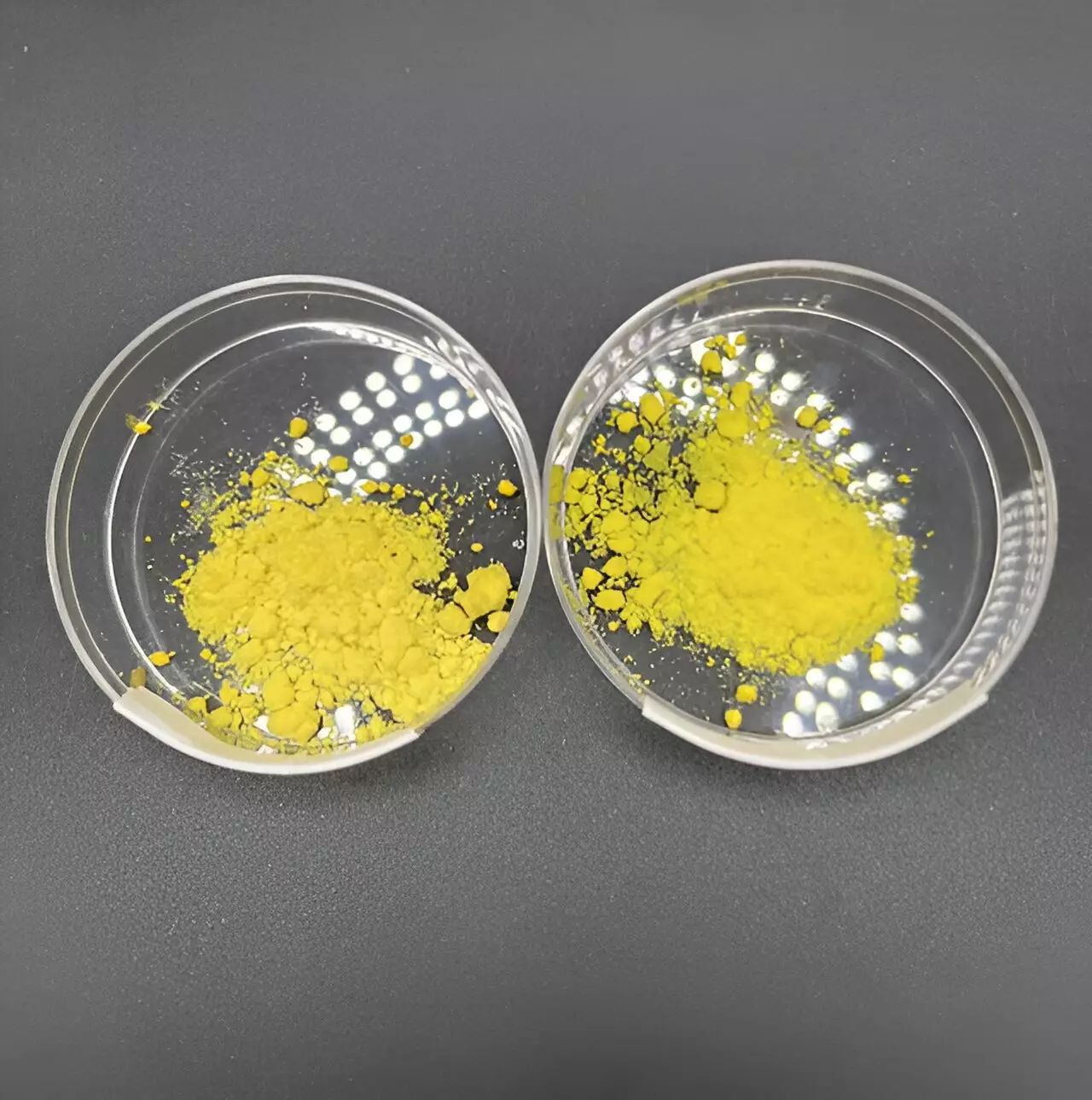In recent years, the concept of golden milk has taken the culinary world by storm. Initially rooted in traditional Indian culture as haldi doodh, this beverage has now transformed into a trendy, health-conscious option found in cafes worldwide. Combining milk, turmeric, and spices, golden milk offers a caffeine-free alternative that appeals to those seeking unique flavors or looking to avoid coffee.
One of the key components of turmeric, curcumin, is a bioactive compound known for its potential anti-inflammatory and antioxidant properties. However, extracting curcumin from turmeric is no easy task. Traditional methods involve complex procedures using organic solvents and require significant time and energy. Moreover, curcumin is prone to degradation over time, limiting the shelf life of products containing it.
Recognizing the potential of golden milk as a vehicle for curcumin delivery, researchers at the University of Georgia embarked on a mission to develop an efficient extraction and encapsulation method. By introducing turmeric powder to an alkaline solution, they were able to enhance the solubility of curcumin, making it easier to extract. This solution was then incorporated into soy milk, resulting in a dark yellow liquid.
To overcome the challenges associated with high pH bases, the team neutralized the solution and removed water through freeze-drying. The end product was an instant golden milk powder that encapsulated curcumin in oil droplets within the soy milk. This innovative approach not only improved the efficiency of curcumin extraction but also enhanced its bioavailability and shelf stability.
While the initial research focused on soy milk due to its high amino acid content, the potential application extends to other plant-based milks. By utilizing a pH-driven extraction method, researchers believe that they can adapt the process to extract various compounds from different sources efficiently. For instance, anthocyanins in blueberries could be extracted within minutes using a similar approach.
Building on the success of instant golden milk production, the researchers are hopeful that their findings could pave the way for innovative solutions to reduce food waste and enhance nutritional value. By combining chemistry with culinary practices, they aim to demystify the science behind everyday cooking techniques and create more convenient options for consumers.
While the journey towards commercializing instant golden milk may be ongoing, the initial results are promising. Despite not being a regular consumer of golden lattes, lead researcher Anthony Suryamiharja attests to the quality of the product developed. With a focus on taste, nutritional benefits, and convenience, the team is determined to revolutionize the golden milk market and offer consumers a healthier, more accessible option.
The development of an instant plant-based version of golden milk represents a significant milestone in the realm of functional beverages. By combining innovation with traditional wisdom, researchers have unlocked the potential to create a beverage that not only tastes great but also delivers essential bioactive compounds in a convenient and efficient manner. As we look towards a future filled with healthier choices and sustainable practices, instant golden milk stands out as a shining example of how science can transform simple beverages into powerful wellness elixirs.


Leave a Reply